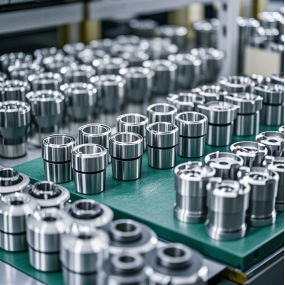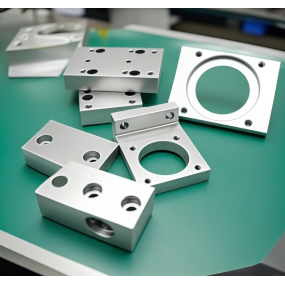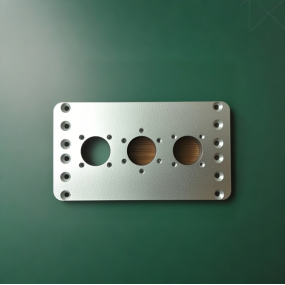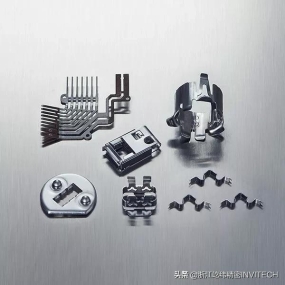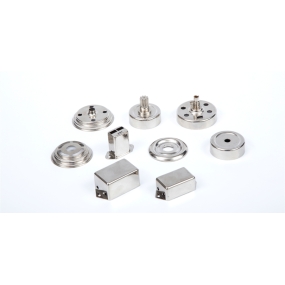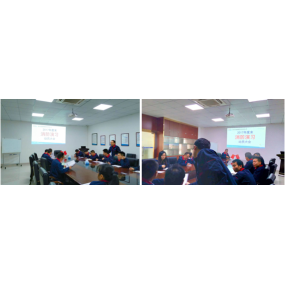Stamping products are made of a variety of materials, so the material must first have performance in order to ensure the function of the product. In addition, the material should also have appropriate process properties. The structural shape and dimensional accuracy of the stamped parts obtained by the stamping method should be suitable for the characteristics of the stamping process, and the materials that make up the stamping parts should also be suitable for the characteristics of the stamping process and the characteristics of the stamping process.
The stamping process requirements for metal materials include the following aspects:
1. Chemical composition of the material: Generally speaking, the lower the carbon content of the steel, the less the impurity content, the better the plasticity, and the lower the hardness. Therefore, low carbon steel and low alloy steel (low carbon content) are widely used in stamping materials.
2. Material surface quality: Most of the materials for stamping parts are steel plates, among which thin plates are commonly used. The state has certain regulations and requirements for the surface quality of steel plates. The surface of the material must be smooth, free of scratches, impurities, pores and shrinkage holes; the cross-section of the material has no delamination phenomenon, no obvious damage to mechanical properties; the surface of the material must not have rust spots, oxide scale and other attachments. In the stamping process, materials with good surface quality can obtain smooth surfaces, high-quality stamped parts, and are not easy to break during the deformation process, and are not easy to damage the mold.
 EMAR, a professional stamping die manufacturer, is a stamping die expert around you!
EMAR, a professional stamping die manufacturer, is a stamping die expert around you!
3. Microstructure: The mechanical properties of metal materials depend not only on their chemical composition, but also on their microstructure. In general, the microstructure of metals is very fine, but the plasticity is very large, which is conducive to the deformation of materials during the stamping process. However, if the microstructure of metals is too fine, the strength and hardness of the material will increase.
4. Mechanical properties of the material: From the perspective of the material‘s process properties, it is of great significance to determine the plasticity index of the material. During the deformation process, the better the plasticity, the greater the degree of deformation of the allowed material, and the better the processing performance of the material. During the separation process, the material should have appropriate plasticity. If the plasticity is too high, the material is too soft, and the edge of the punching part is prone to more burrs. Its size is not easy to meet the required accuracy. If the plasticity is too low, the material is too hard and brittle, which will affect the life of the mold.
5. Thickness tolerance: During the stamping process, the tolerance thickness requirements are relatively strict. In-machine stamping will cause high pressure and even damage to parts.
This article is from EMAR Mold Co., Ltd., a professional stamping die manufacturer. For more EMAR related information, please click: www.sjt-ic.com,!


 Spanish
Spanish Arabic
Arabic French
French Portuguese
Portuguese Belarusian
Belarusian Japanese
Japanese Russian
Russian Malay
Malay Icelandic
Icelandic Bulgarian
Bulgarian Azerbaijani
Azerbaijani Estonian
Estonian Irish
Irish Polish
Polish Persian
Persian Boolean
Boolean Danish
Danish German
German Filipino
Filipino Finnish
Finnish Korean
Korean Dutch
Dutch Galician
Galician Catalan
Catalan Czech
Czech Croatian
Croatian Latin
Latin Latvian
Latvian Romanian
Romanian Maltese
Maltese Macedonian
Macedonian Norwegian
Norwegian Swedish
Swedish Serbian
Serbian Slovak
Slovak Slovenian
Slovenian Swahili
Swahili Thai
Thai Turkish
Turkish Welsh
Welsh Urdu
Urdu Ukrainian
Ukrainian Greek
Greek Hungarian
Hungarian Italian
Italian Yiddish
Yiddish Indonesian
Indonesian Vietnamese
Vietnamese Haitian Creole
Haitian Creole Spanish Basque
Spanish Basque

